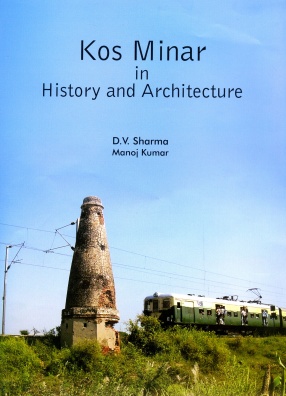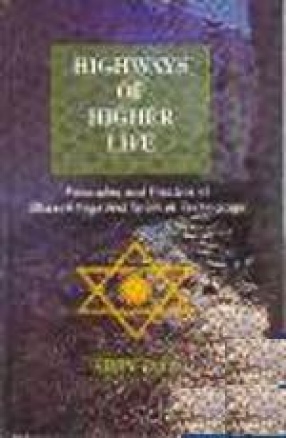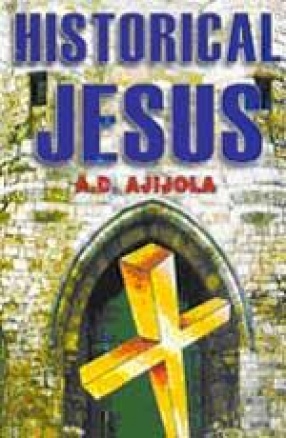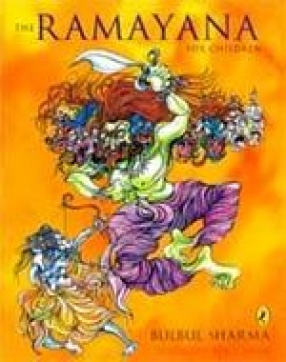The ‘Kos Minar’ literally means a tower marking the distance of a Kos. They are medieval milestones that were erected on the main highways across the empire to mark the distance. Such structures served as beacons for caravans. Explaining the purpose of the kos minars, Arif Qandhari writes "that travelling to and fro goes on day and night and these minars guide them (travellers) from losing their way or getting off the route." Also with the help of these minars, the travellers could compute the distance they had traversed.
kos Minars were used to mark the royal route from Agra to Ajmer via Jaipur in the west, from Agra to Lahore via Delhi in the north and from Agra to Mandu via Shivpuri in the south. Modern Indian highways have come up along roughly the same routes as those marked by these minars.
Though architecturally not very impressive they were an important part of communication and travel in a large empire. The architectural style and design of surviving kos minars is basically similar. About 30 feet high, these minars were constructed either of bricks or stone rubble masonry plastered with chunam (lime mortar). The kos minars particularly of Jahangir’s period bear painting.
The kos Minars in India thus comprise a lesser known but highly significant component of our heritagestock, as a standing representation of sophisticated communication networks of our glorious past. However, there is a dearth of meaningful understanding on significance of such type of monument. The present volume throws new light on this important but less-understood relic of our built heritage. The book will go a long way in ighlighting their significance and the urgent need for their protection and preservation.
ABOUT THE AUTHOR D.V. Sharma
D.V. Sharma was born on 2 October 1952 at Village Harevali (Delhi). He did his Post-graduation from Kurukshetra University, Post-graduate diploma in Archaeology from the Institute of Archaeology, New Delhi, Mphil from Delhi University and PhD from Agra University. He was appointed lecturer of History in D.A.V. College, Hassangarh (Haryana) and subsequently joined the Archaeological Survey of India in 1977. He participated in many excavation projects with Prof. B.B. Lal and Shri K.N. Dixit and other archaeologists at Sringaverpur, Ayodhya, Hulas, Pariyar, Bhardwaj-Ashram, Ramapuram and other sites in India. He explored many sited including the Harappan site at Mandoli (in Delhi) for the first time. He has excavated sites such as Birchhabili-Tila at Fatehpur Sikri and Madarpur, Distt. Muradabad. Recently, he has carried out excavations at the ancient sites of Govishan at Kashipur (Uttaranchal), Hansi (Haryana) and Harappan Necropolis site at Sanauli (U.P.). Dr. Sharma is an archaeologists, conservator and museologist of international repute. He has served as Superintending Archaeologist in different Circles and Branches of ASI including Delhi and Agra Circles. He is widely traveled and has contributed books and several research papers on the subject in various Indian and international journals.
ABOUT THE AUTHOR Manoj Kumar
Group Captain Manoj Kumar VSM, is a mechanical engineering graduate from Institute of Technology, Banaras Hindu University (IT BHU), India. He is serving Indian Air Force (IAF) officer and has field assignments in the last 24 years of his engagements with the IAF. He has been awarded the Presidential medal for distinguished service. He is presently a senior Research Fellow at the Centre for Air Power Studies, working on issues of environmental change and its management by the Indian military. He is a resource person with the United Nations Environment Programme (UNEP) for protection of the ozone layer, and has presented research papers on the subject at both national and international levels. He also provides specialist advice to the IAF on the phase-out of ozone depleting substances. His work has been published by UNEP in the form of a book on ozone protection, Toolkit of Good Practices for Defence Forces. His focus areas also include energy conservation and resource efficiency in the defence forces.










There are no reviews yet.